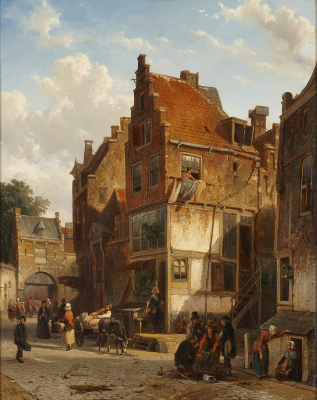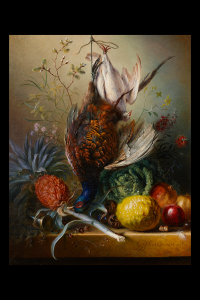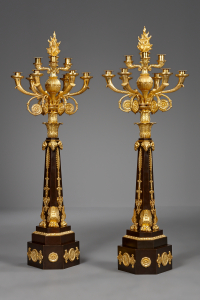Cornelis Springer (1817-1891)
Cornelis Springer (1817-1891)
Cornelis Springer was born in Amsterdam into a family of master carpenters and contractors. As the fourth son, Cornelis was destined to be a house painter, and apprenticed as such. However, he proved to possess such artistic talent that he was admitted to the Stadsteekenschool, an institute of the arts. In the evenings, he was taught architectural draughtsmanship by his elder brother Hendrik, an architect.
Cornelis was only 17 years old when a landscape study by his hand was chosen to be exhibited at the Tentoonstelling van Werken van Levende Meesters (Exhibition of Works of Living Masters), which was held in Amsterdam. In 1835, he apprenticed under townscape painter Kasparus Karsen, at whose advice he undertook various research trips to Belgium, Germany and France. There, he discovered a wealth of subjects and motifs: richly ornamented historical buildings, Gothic cathedrals, historic city centres and impressive market squares.
Springer initially painted partially or completely fictitious townscapes. Midway through the 1850s, he began to focus instead on topographic tableaus, although he still often chose to change or leave out elements that interefered with the composition. Aside from Amsterdam and surroundings, he found much inspiration in other parts of the country, creating many paintings of the Hanseatic cities between the Zuiderzee bay and the river IJssel in particular.
What is unique about Cornelis Springer’s paintings is that he often painted architectural and structural elements in a clearly recognisable fashion: you can literally see every individual brick. He is of course much lauded for this aspect, but his works are enhanced even further by their attention to architecture and their authentic atmosphere. Springer populated his paintings with more figures than Karsen and contemporaries such as Jan Weissenbruch, much enlivening his street tableaus. He was also very attentive to the effects of light. In his later works, Springer increasingly focused on the activities of local inhabitants. Remarkably, he had as great a talent for the depiction of figures and animals as he did for landscape elements and buildings.
- Provenance
- Christie’s Amsterdam 18-04-2000
Simonis en Buunk art dealership, Ede
Private collection, Germany - Period
- 1858
- Material
- oil on panel
- Signature
- Signed: C Springer 58 [bottom left, bottom right and reverse]
- Dimensions
- 49 x 39 cm
Global shipping available









